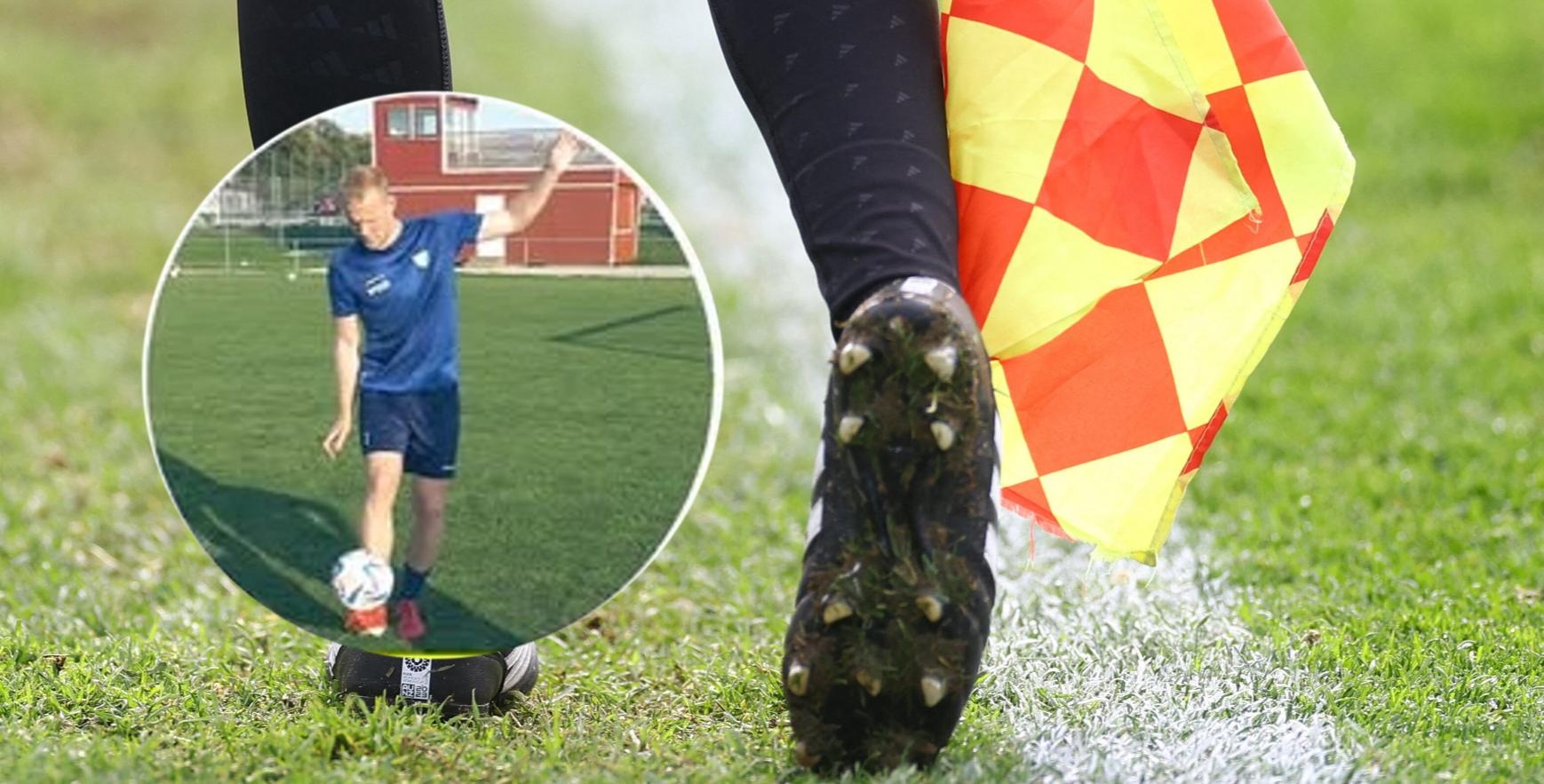 |
Video demonstrating how Torns IF circumvents the offside rule. |
Torns IF, a small club from the town of Stangby, argued that a player could get around the offside rule by balancing the ball on the instep of his foot. They argued that because this was the “first point of contact”, the player who received the ball afterwards would not be considered offside, regardless of whether he had gone past the opposition defence.
The discovery quickly went viral and caused a stir, attracting the attention of leading football experts and organizations. Torns IF even contacted the IFAB (International Football Association Board) to discuss the possibility of changing the law.
After nearly two years of hard work, the IFAB has revised the offside law to clarify when an offside position should be assessed. The change was included in the FA's explanatory statement. The law now states: "When the goalkeeper throws the ball, the point where the ball was last touched must be used to determine the position of the offside position."
In other words, the offside rule now clarifies that the last point of contact (rather than the first point of contact) will be used to determine the offside position in delayed pass situations, especially when the goalkeeper throws the ball in to initiate an attack.
 |
IFAB forced to change offside law, and applied by FA from 2025/26 season. |
On social media, Torns IF celebrated the news of the rule change: "We did it. Torns IF changed the laws of football. After sending a series of long emails to IFAB, the offside rule has been changed. We are very proud of our contribution to this great sport ."
David Elleray, former Premier League referee and current IFAB Technical Director, also thanked Torns IF for their contribution to clarifying the regulations and for their patience in this matter.
In football, when assessing offside, we often think of the moment the ball leaves the passer's foot (or head, chest...). That is the key point to determine whether a player is standing below the opponent's last defender or not.
However, there are situations where the moment the ball is played (first touch) and the moment the ball actually leaves the passer's control to reach a teammate do not happen at the same time. This is what a "delayed pass" is all about.
The most typical example and the one that Torns IF exploits. The player places the ball on the instep and balances. The first touch is when the ball is still on the instep (the player “plays” the ball by holding it). The pass is “delayed” when the ball is still on the foot, the player moves, and only after a period of time does he flick the ball away for a teammate to receive the pass.
The "loophole" that Torns IF discovered was that if the rule only counted the "first touch", then when the ball was placed on the foot, the player receiving the ball would still be considered valid even though he had run past the defense line. Because at the moment the ball "touched" the passer's foot for the first time, he was not offside.
Source: https://znews.vn/lo-hong-trong-luat-viet-vi-vua-duoc-sua-doi-post1582358.html




![[Photo] Hanoi students excitedly and joyfully open the new school year 2025-2026](https://vphoto.vietnam.vn/thumb/1200x675/vietnam/resource/IMAGE/2025/9/5/ecc91eddd50a467aa7670463f7b142f5)


![[Photo] Opening ceremony of "Digital Citizenship - Digital School" and commitment to civilized behavior in cyberspace](https://vphoto.vietnam.vn/thumb/1200x675/vietnam/resource/IMAGE/2025/9/5/222ec3b8892f443c9b26637ef2dd2b09)
![[Photo] The drum beats to open the new school year in a special way](https://vphoto.vietnam.vn/thumb/1200x675/vietnam/resource/IMAGE/2025/9/5/b34123487ad34079a9688f344dc19148)
























































































Comment (0)